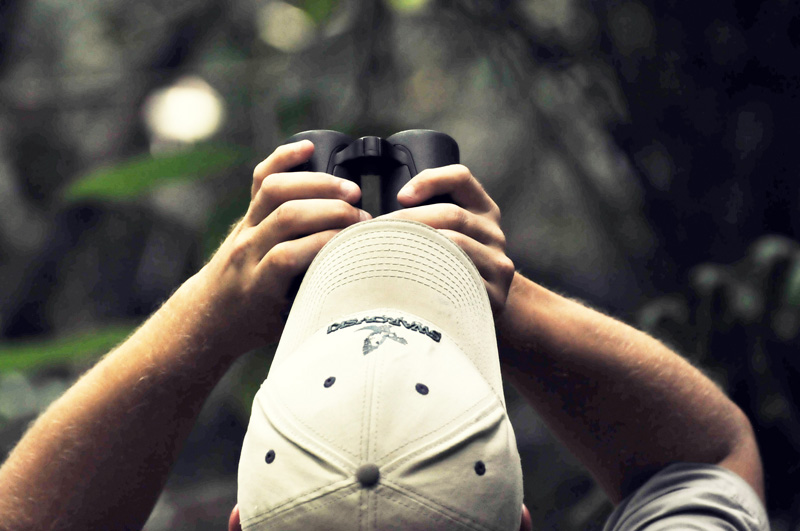
“Is anybody home?” Newton asked as he propped the door open with his finger.
I doubled back in horror. WHAT was he doing?!
“Oh my God!” I shrieked.
The others to my right had similar reactions, leaping to get out of the way as if something was going to come shooting out of the door at us.
It wasn’t a large door, though and wasn’t particularly menacing or intimidating in any way. In fact it was quite tiny and Newton’s finger covered most of the opening when he briefly and horrifyingly stuck it inside to tease us.
It was what lived inside that made me squirm.
It was a trapdoor spider.
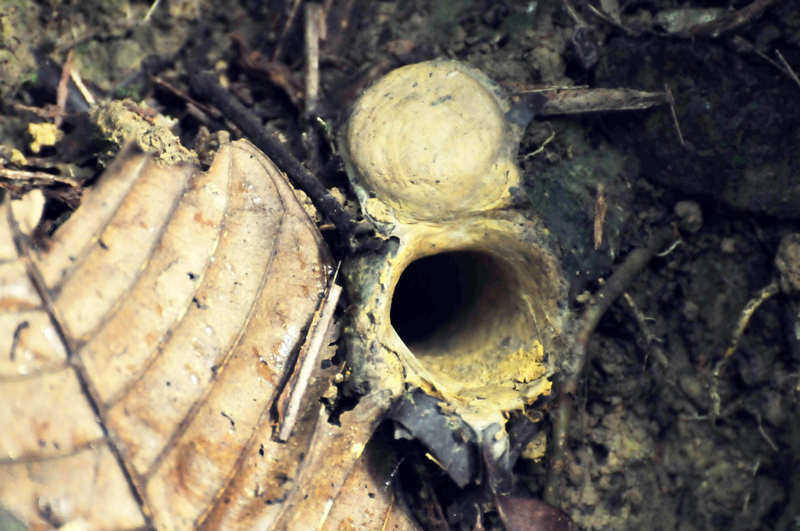
Trapdoor spiders construct burrows with a cork-like trapdoor made of soil, vegetation and silk and wait for prey while holding on to the underside of the door with the claws on their legs.
The spider detects the prey (or fingers) by vibrations and, when it comes close enough, leaps out of its burrow to make the capture.
I’m not sure if it’s terrifying or awesome.
As if the first jungle spider experience (read: traumatization) weren’t enough, we got to meet a new friendly arachnid only minutes later.
A scorpion spider.
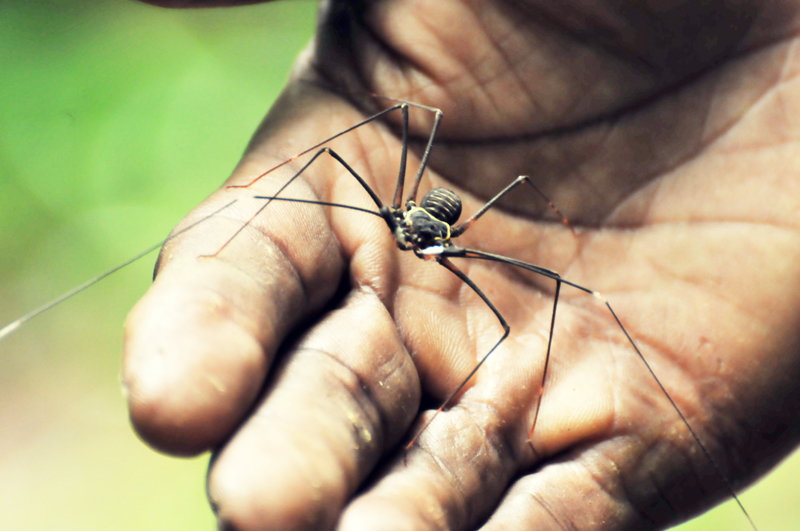
The Main Ridge Forest Reserve is home to a number of flora and fauna; it is estimated that the rainforest provides habitats for 12-16 species of mammals, 24 non-poisonous snakes, 16 lizards and 210 species of birds.
It is the oldest protected forest in the Western Hemisphere being established in the 1760’s as a means to preserve the watershed of the island. Nature enthusiasts and birdwatchers walk into relatively undisturbed forest and feast on the flora and fauna there.
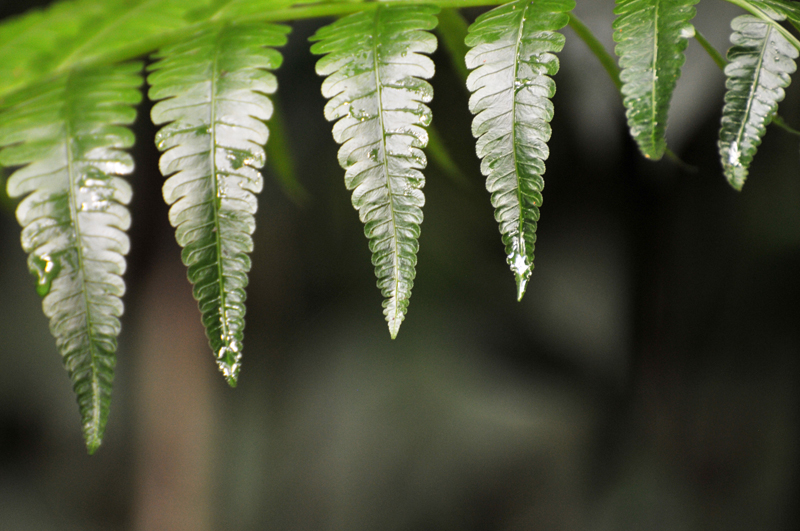
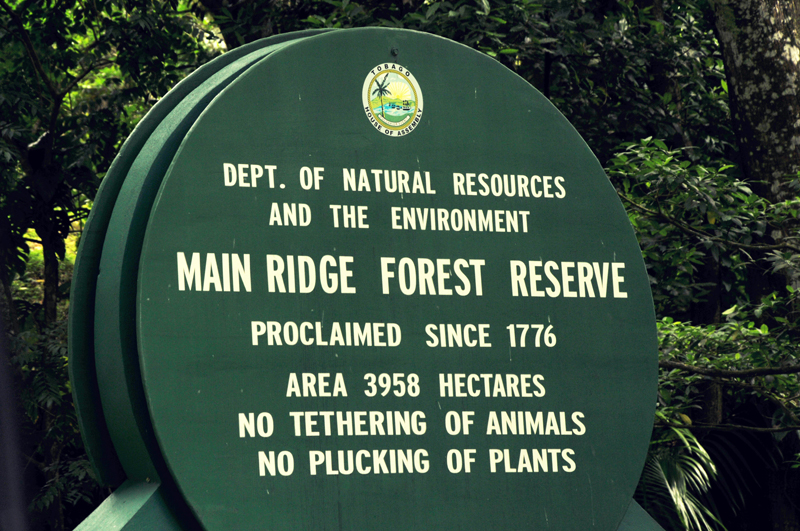
Our guide told us that they actually switched it from 1767 to 1776 when they repainted the sign.
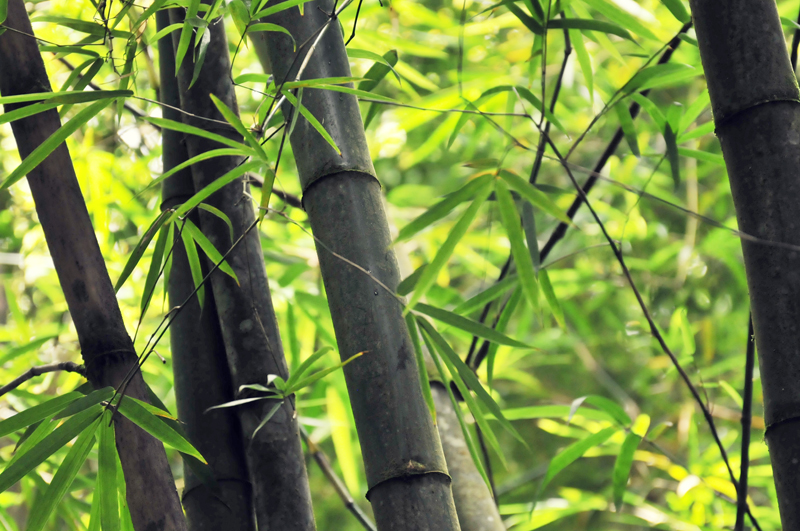
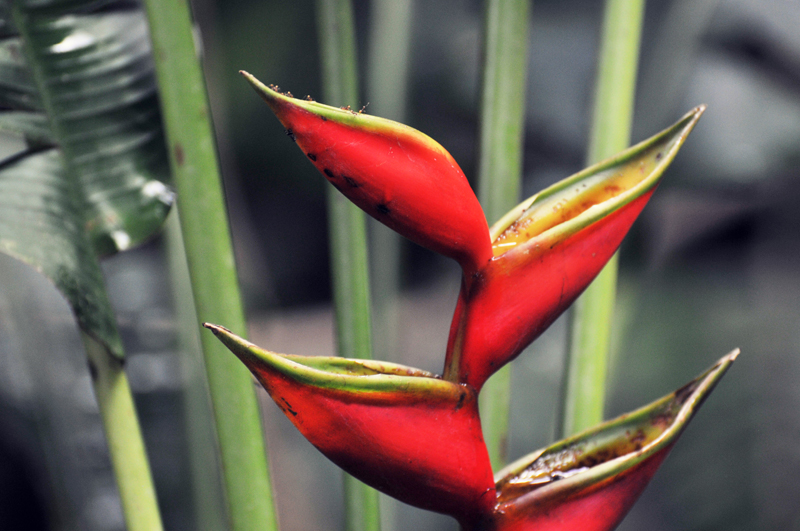
Trinidad & Tobago are considered as part of South America when it comes to the flora and fauna and often not even included in Caribbean guides due to its different and far more bio-diverse ecosystem.
The Gulf of Paria only separates Trinidad from Venezuela by seven miles and only 90 feet to the ocean floor between them. It is believed that they are connected by dry land when sea levels lower during each ice age.
After the 1963 hurricane Flora, many of the flora and fauna populations dwindled or disappeared but the forest regenerated after the hurricane.
At 10 degrees north of the equator the most dominant plant in the forest is wild cocoa along with a lot of Euterpe palm trees and other South American genus.
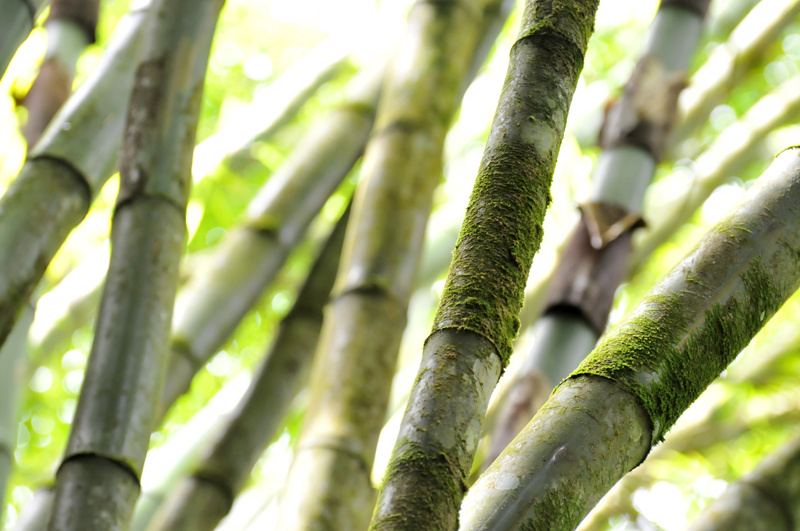
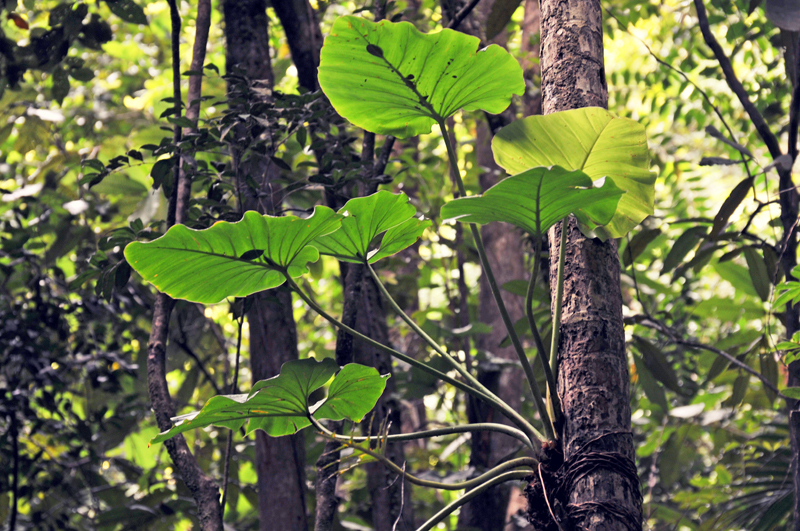
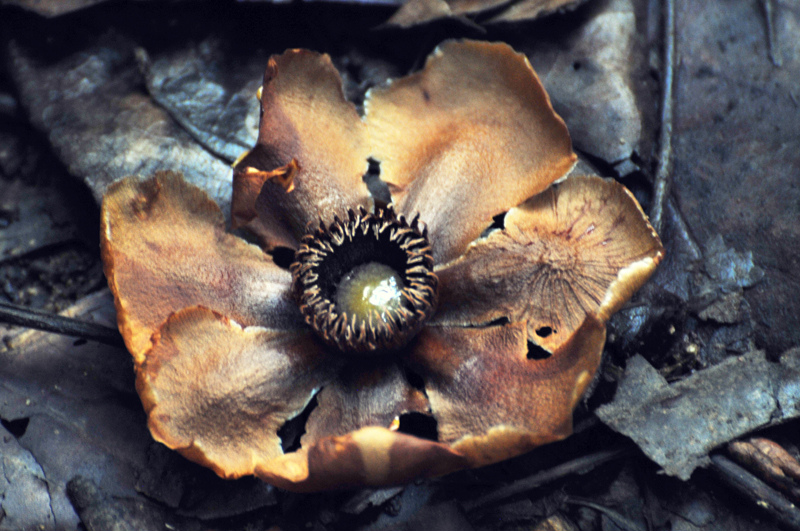

Leaves chewed on by leaf-cutter ants
We were also fortunate to see a lot of species of bird during our hike thanks to our knowledgeable forest guide Newton and fellow traveller Corey Finger, who is an expert birder.
They were able to work together by listening for bird calls and watching for small flickers of movement in the trees above.
We got quite the show.
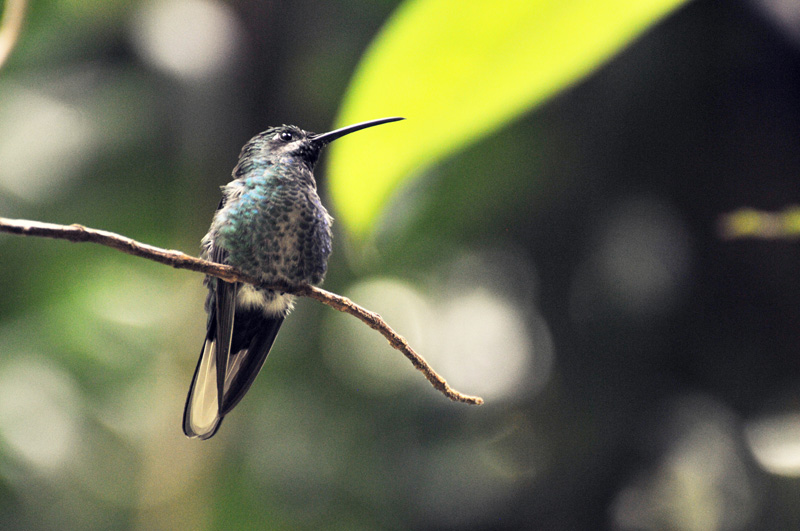

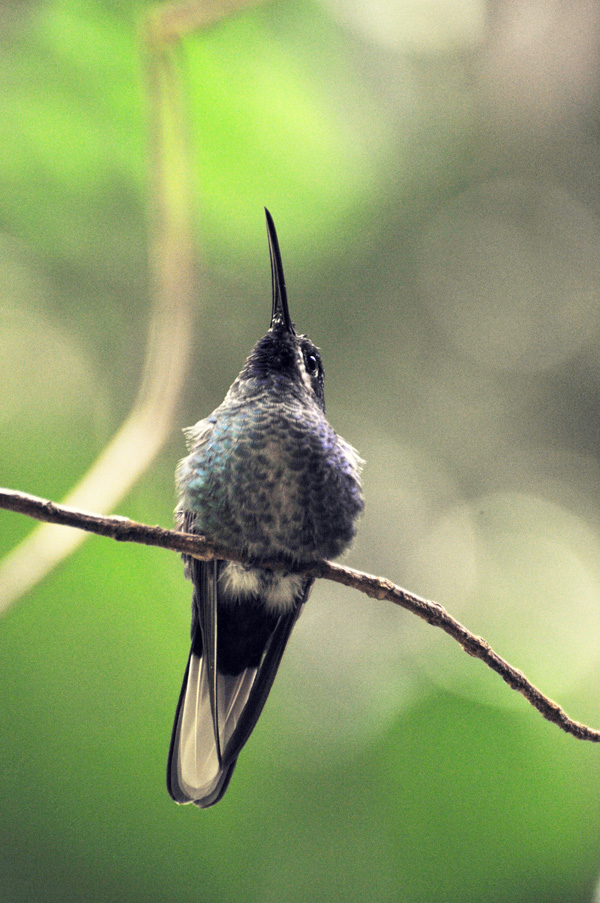
—
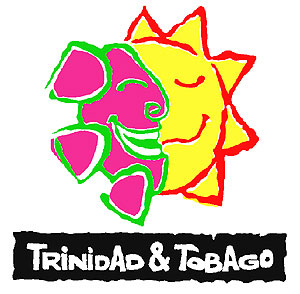
This trip was made possible by Trinidad & Tobago.
All thoughts and opinions are my own.
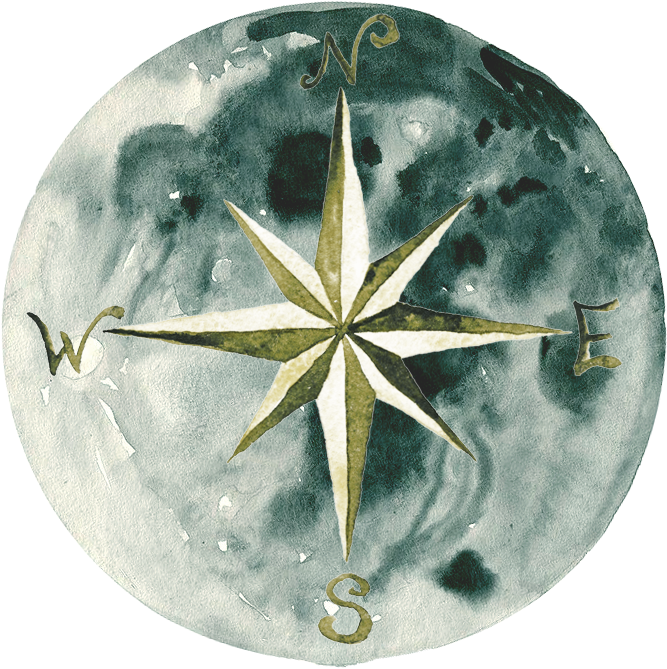
I like finding the spiders and then surprising people in the most annoying way possible. It never gets old.
OCDemon recently posted..10 cool cities in Russia besides the big two
Hahaha! We should probably never meet :p
Step1: Find wherever leaf cutter ant action is existing if colonies are not obvious. Throughout the summertime, the ants are most active at night among eleven:00 p.m. and midnight. The very first night following a plant is targeted, you will discover quite a few leaves all over the base of the plant that look like they just fell off the plant. Some of the leaves will have half-moon shaped cuts out of their side. The 2nd night the ants will minimize up the leaves and carry them into their den. That is when you will need to have to get your flashlight and comply with the trail of ants to their den, and locate the openings or “vents” exactly where they are entering the ground.